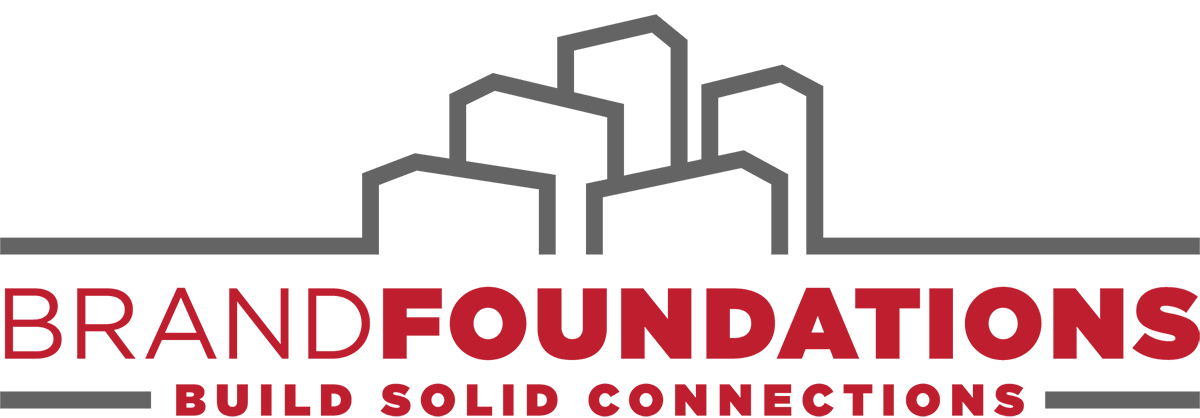I have always wondered why more organizations don’t align marketing communications and human resources under the same leader. It's making more and more sense these days. Here’s why...
Most companies today are service companies. Even those that create physical products – Like Apple or Ford – have a heavy service component to their business. And in a service company, the brand and customer experience is the people – what they believe and how they behave.
This trend is amplified by the Millennial generation which prefers buying from (and working for) authentic, mission-driven organizations and they know how to generate global word-of-mouth influence nearly overnight. Companies that say one thing and do another can quickly fall out of favor with this huge audience. So, it’s never been more important for an organization’s brand (what it stands for) and its culture (how it behaves) to be aligned, and having separate leaders for marketing and HR puts a wall between these disciplines.
“People don't buy what you do; they buy why you do it. And what you do simply proves what you believe.” - Simon Sinek
For technology companies, the risks are particularly acute. As more and more previously differentiating capabilities become “me too” features embedded in the cloud and apps, the technology becomes less unique, and a company’s brand is increasingly shaped by its people.
Companies need to speak with one voice to their customers, partners and employees alike. They are all part of the same tribe – people who believe what you believe.
Yet many organizations continue in the default marketing and HR structure of the past 100 years, separating the functions and the voice. Marketing speaks to the marketplace and HR speaks to the employees. This division of voice can be confusing at best and disingenuous, or inauthentic, at worst.
What might be the benefits of bringing these functions together under one leader? For starters, it would simplify communications and drive marketing efficiency. Rather than maintaining one set of external brand values and messages, and another set of internal values and messages, companies could combine them into one easier to remember set that speak to all audiences.
And HR would benefit from this move as well. As the historical back office functions of its domain (payroll, benefits administration, etc.) are increasingly outsourced, HR is fighting to remain relevant beyond recruiting. Culture and employer branding are great initiatives, but they would benefit from marketing’s influence, budget and creative new thinking about how to apply today’s powerful marketing tools. For instance, a social media function with a combined HR/Marketing mandate might see the benefit of following and tagging employees (not just customers and prospects), providing them public recognition, and demonstrating how the company values its staff.
Do you know a company that combines HR and Marketing functions under one leader? Is there room for a Chief Marketing-HR Officer (CMHRO) in today's C-suite?

